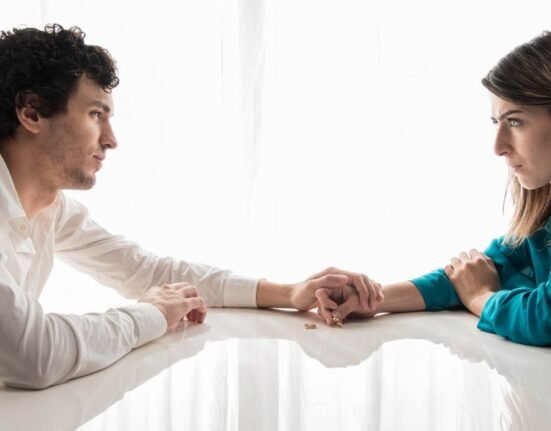Think about having a shift in mood from extremely high to grief suddenly. Recently an individual who was suffering from bipolar disorder talked about what it actually looks like. Due to the erroneous representation of this mood disorder in movies and television shows, many individuals have varying opinions about it. “Modern Love, Ep3: Take Me As I Am, Whoever I Am” has adequately depicted what it’s actually like to suffer the bipolar disorder. Taboo and stigma from people make it difficult to understand the actual sufferings of an individual having bipolar disorder. Experts from related fields provide consultation in order to look beyond the boundaries of diagnostic designations. First they discussed the episodes a person is having during bipolar disorder. In which all three episodes, that is, Manic, Hypomanic, and depressed episodes were clearly explained by them. The state of mixed episodes was explained by experts, in which Manic and depressive symptoms have occasionally been found to coexist. They also say that ‘For those with bipolar disorder, mood episodes—highly emotional states that are spaced out by periods of days to weeks—are frequent.’ Mania and depression are conditions that some people encounter frequently, the negative impact of which on all facets of life was briefly described, which include relationships, intimacy, academics, and professions. According to experts, Bipolar disorder sufferers are able to engage in close relationships. However, during the episodes, their rational thought may be compromised, which may lead to interpersonal problems, they continue by saying that it is crucial for a spouse or caregiver to possess adequate patience and understanding to recognize that the person with the diagnosis is also fighting, and even the most basic emotions can become extremely overbearing. Also in academics, she explains the difficulties like lack of concentration, and tiredness during depressive episodes and at the time hypomanic episodes an abrupt shift from productive effort to depressing thoughts. They also guide that these patients are capable of reaching academic brilliance with the right care and consistent therapy. 
Lack of confidence, feeling of hopelessness, and worthlessness are considered the major cause of self-harm and suicidal thought during bipolar disorder episodes. The individual may feel that they are a hindrance to others when going through the depressive period. Hope is also given by saying that, like everyone else, people with bipolar disorder are capable of working and having normal and peaceful lives. Experts also say that “Cognitive-behavioural therapy (CBT), a form of psychotherapy, can help us identify problematic thought patterns, attitudes, or behaviors that support our sense of self-loathing. Also, through dialectical behavioral therapy (DBT), we can also learn to accept ourselves completely, including our self-hatred, circumstances, and feelings associated with having bipolar disorder.
Bipolar disorder, also called manic depression, is described as a mental health illness that results in rapid mood swings, including emotional highs (mania or hypomania), and lows (depression). Manic episodes are almost similar to hypomanic episodes, during these episodes an individual feels rested despite poor sleep, is highly energized, gets distracted easily, and talks a lot in a quick manner. There is also a sudden shift of emotions from happiness to hopelessness during manic episodes which we can call depressive episodes. An extended depressive episode lasting at least two weeks.
Having correct knowledge about bipolar disorder enables people to realize when their loved one needs assistance. A person who lives with a person having bipolar disorder must be prepared for dealing with both manic and depressive episodes. They can assist them by monitoring their medication.












Leave feedback about this